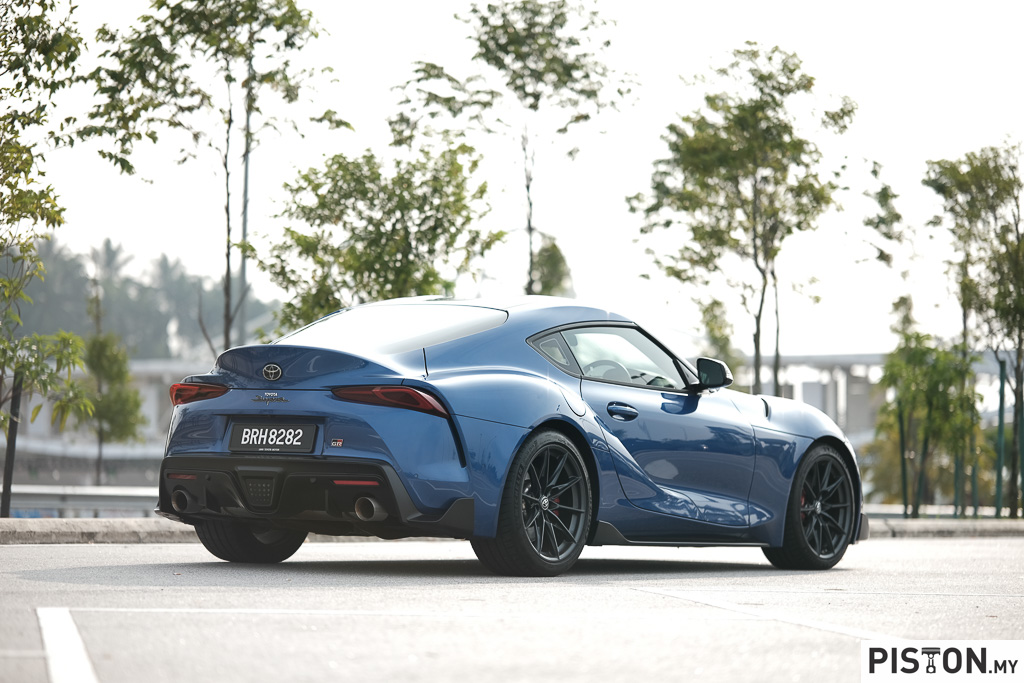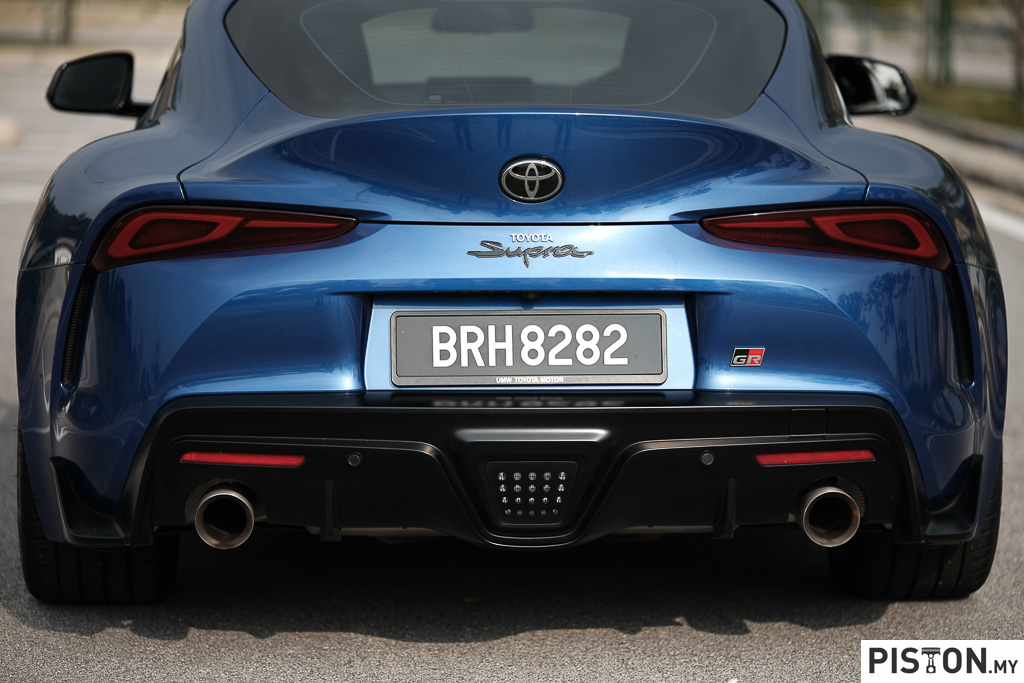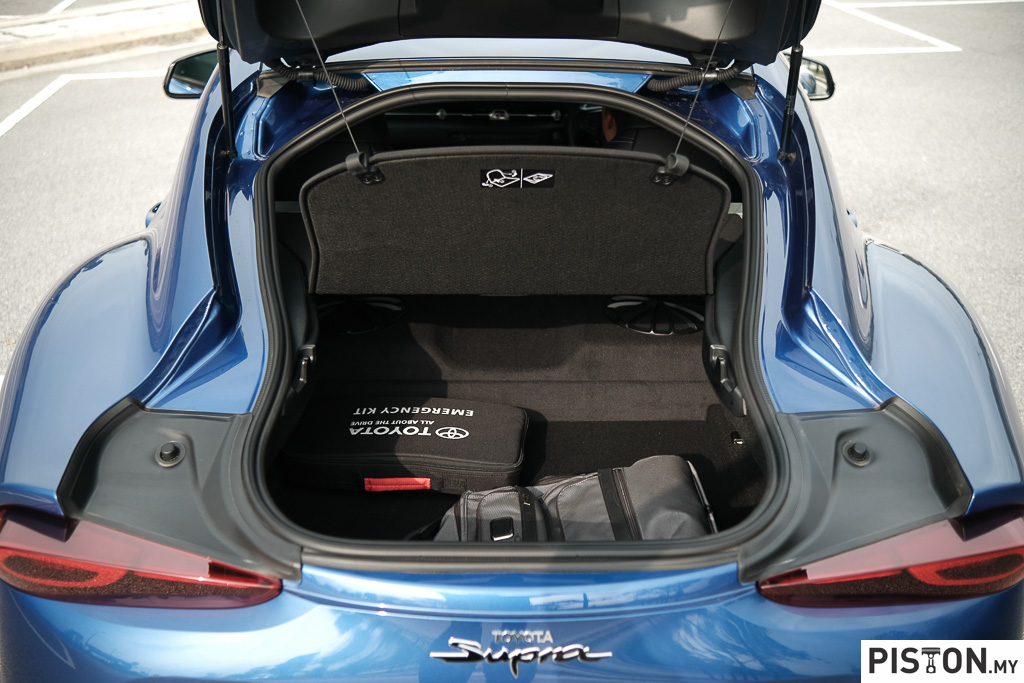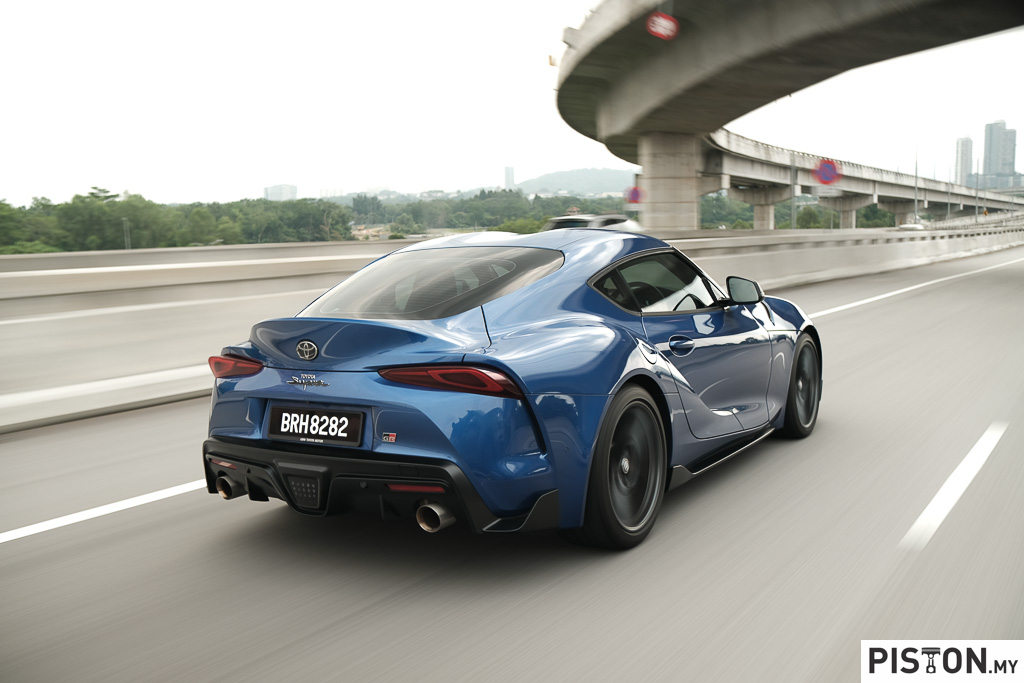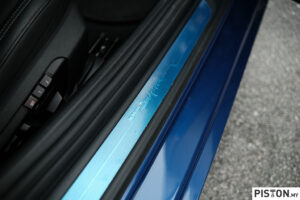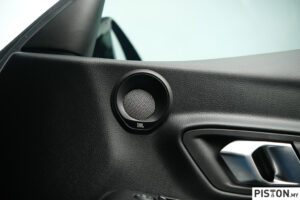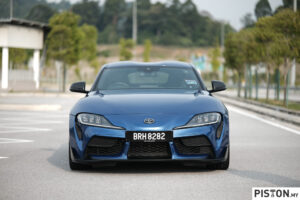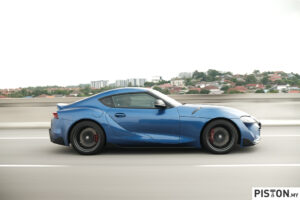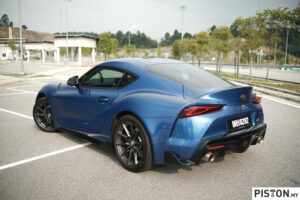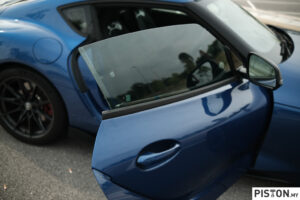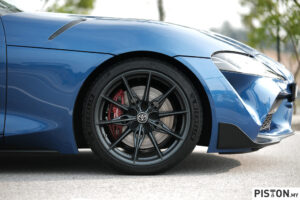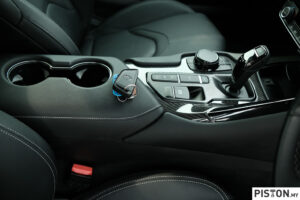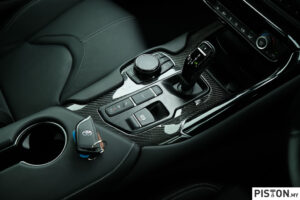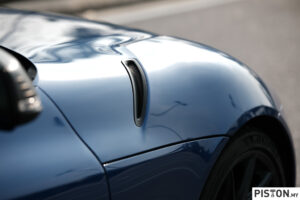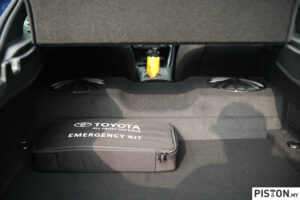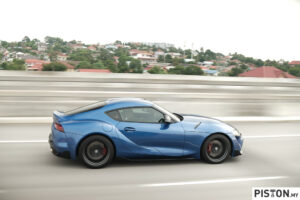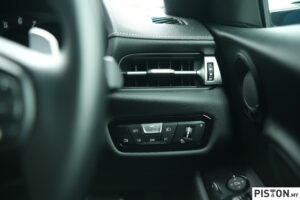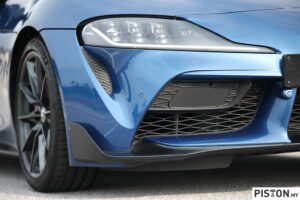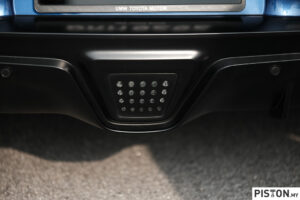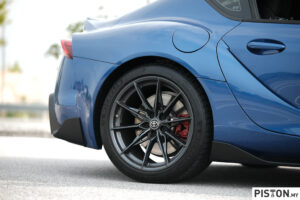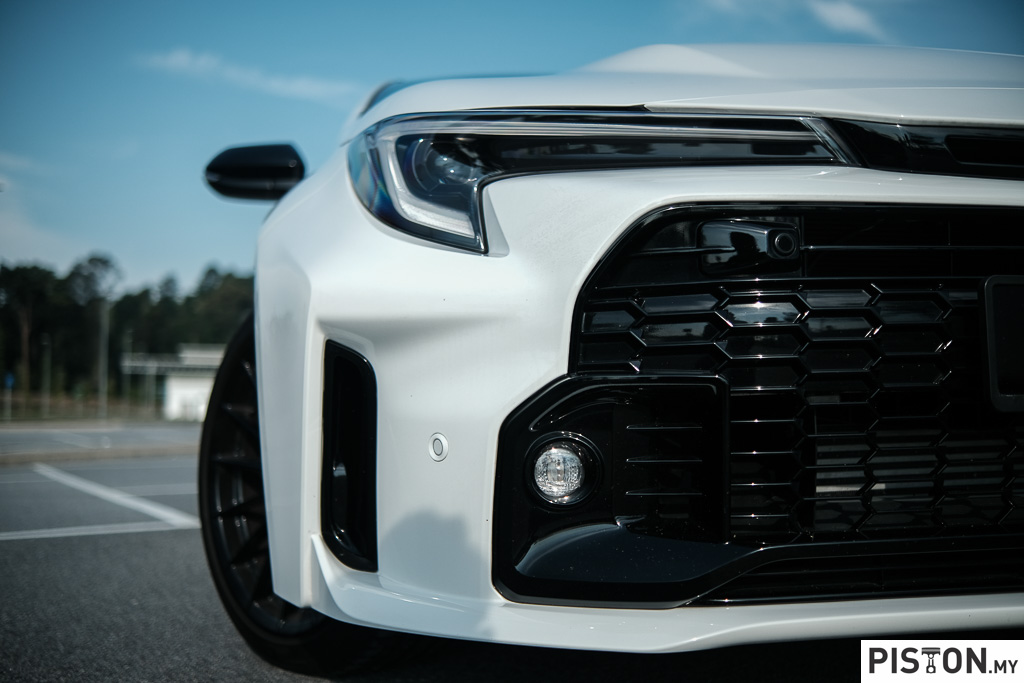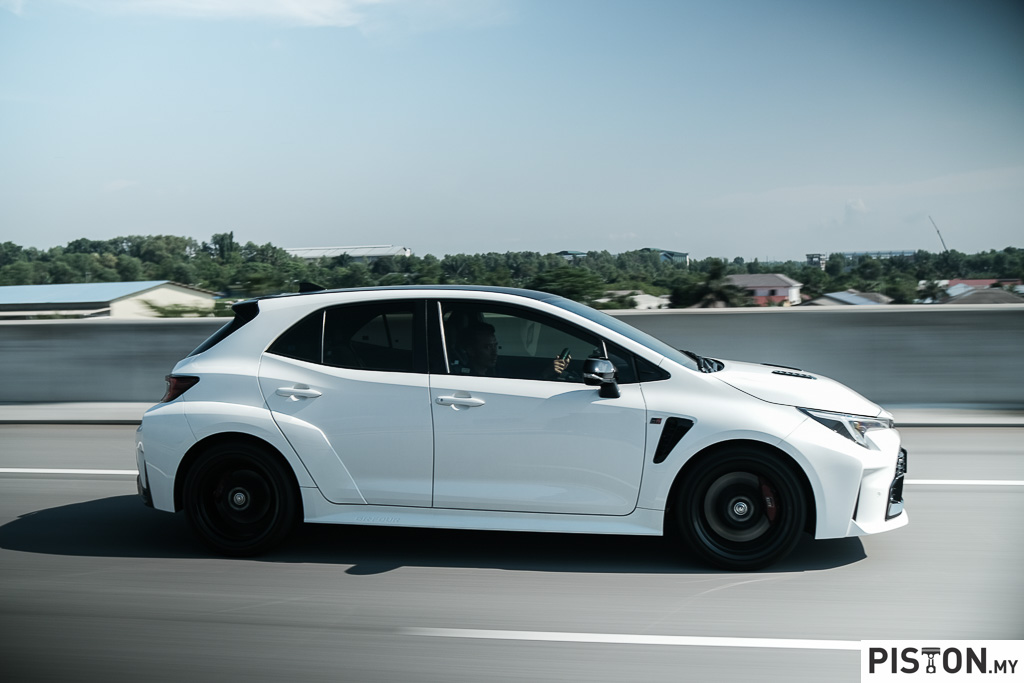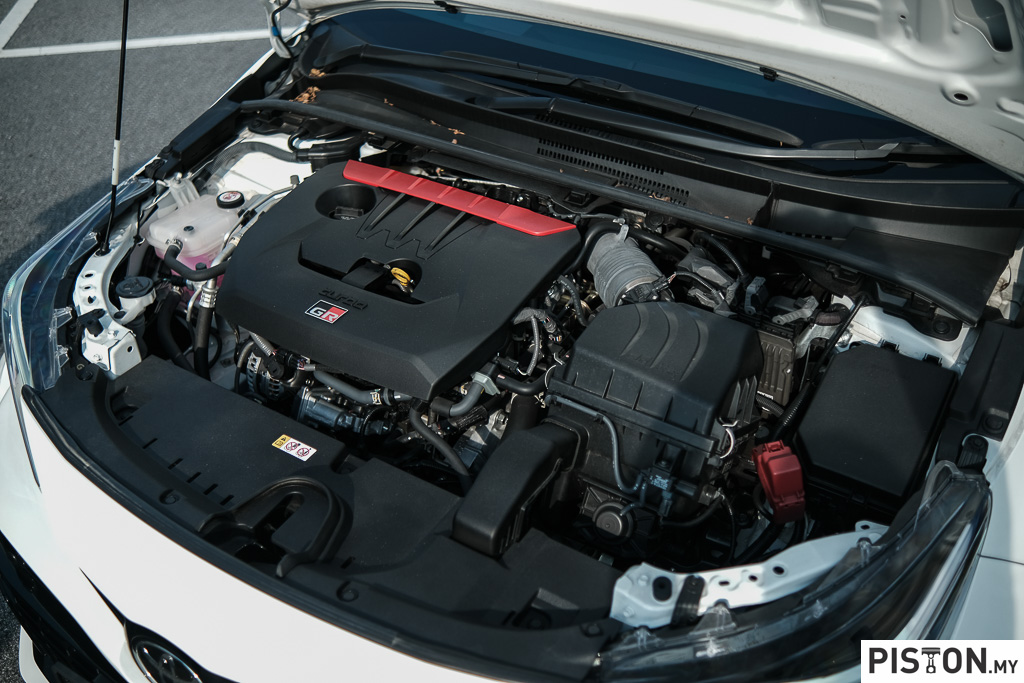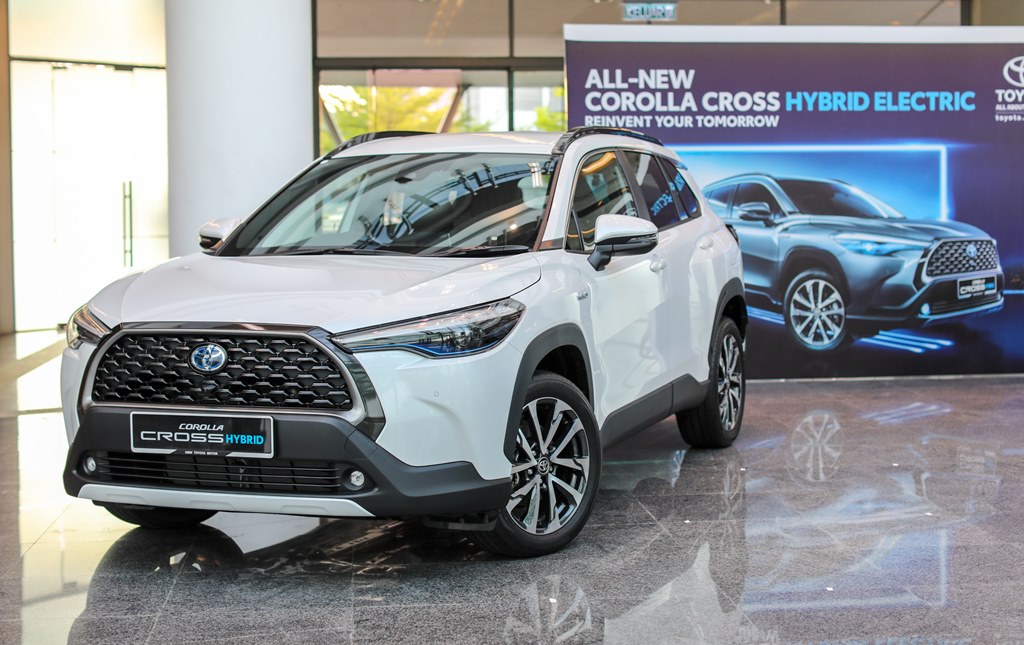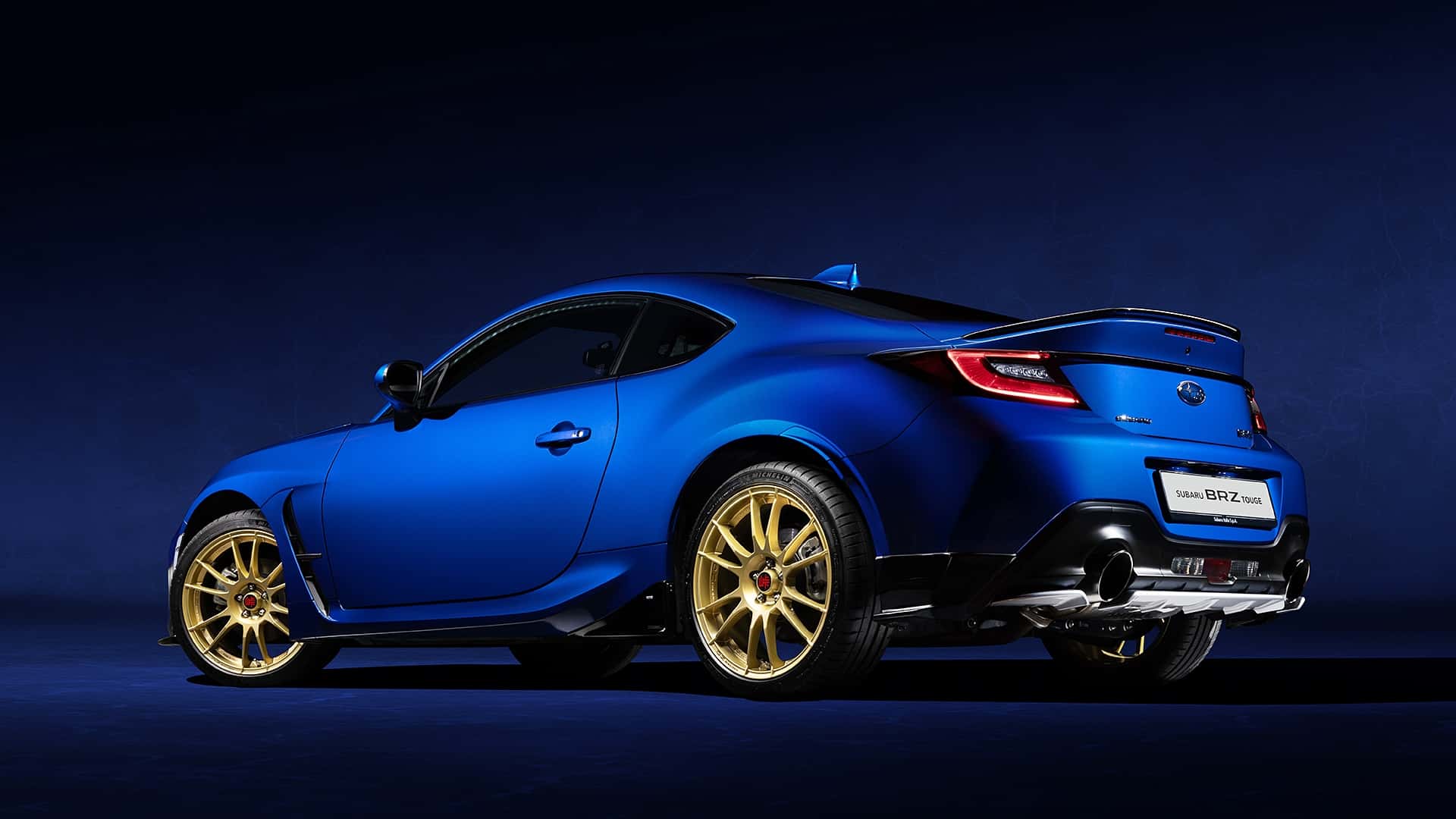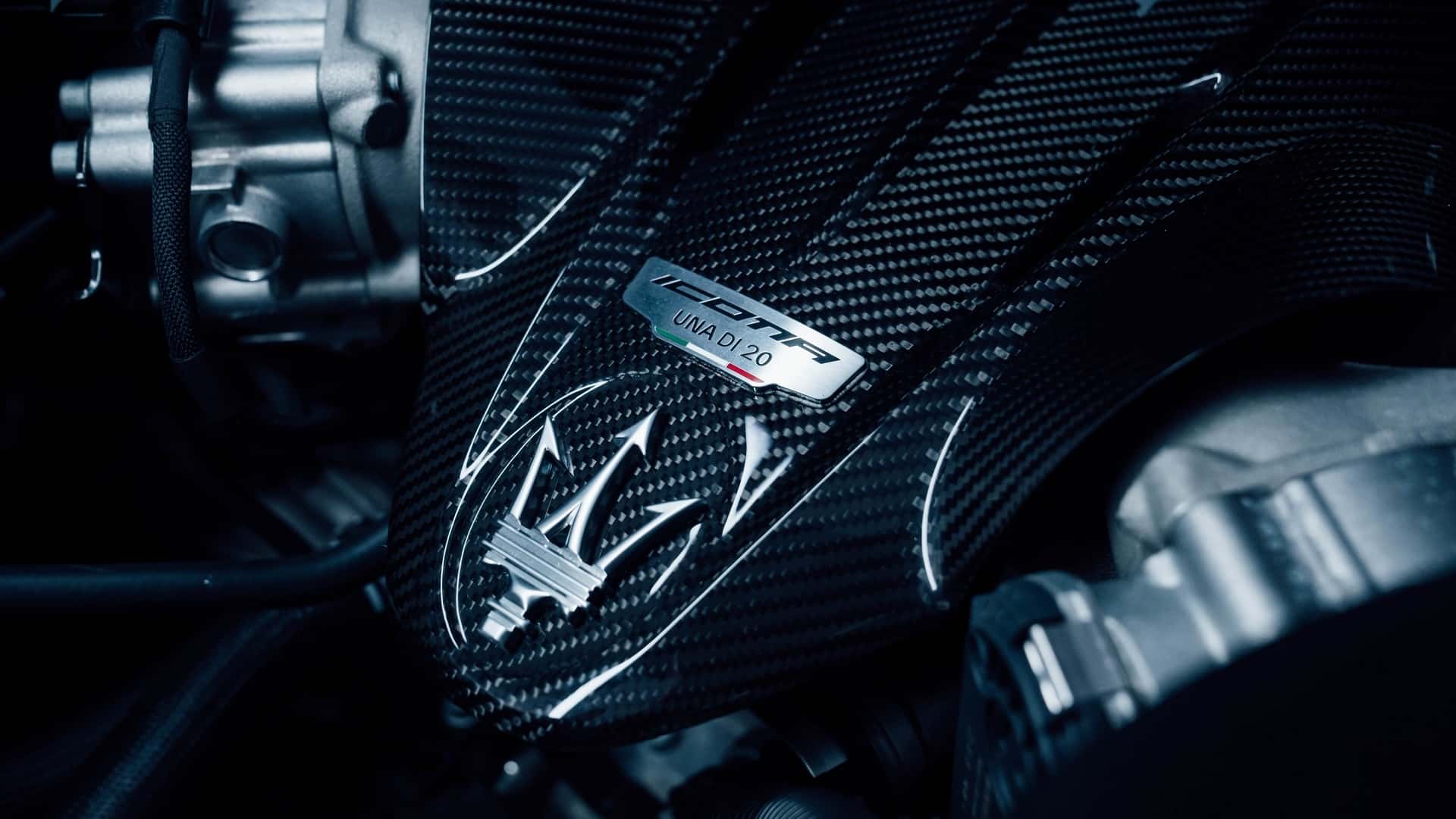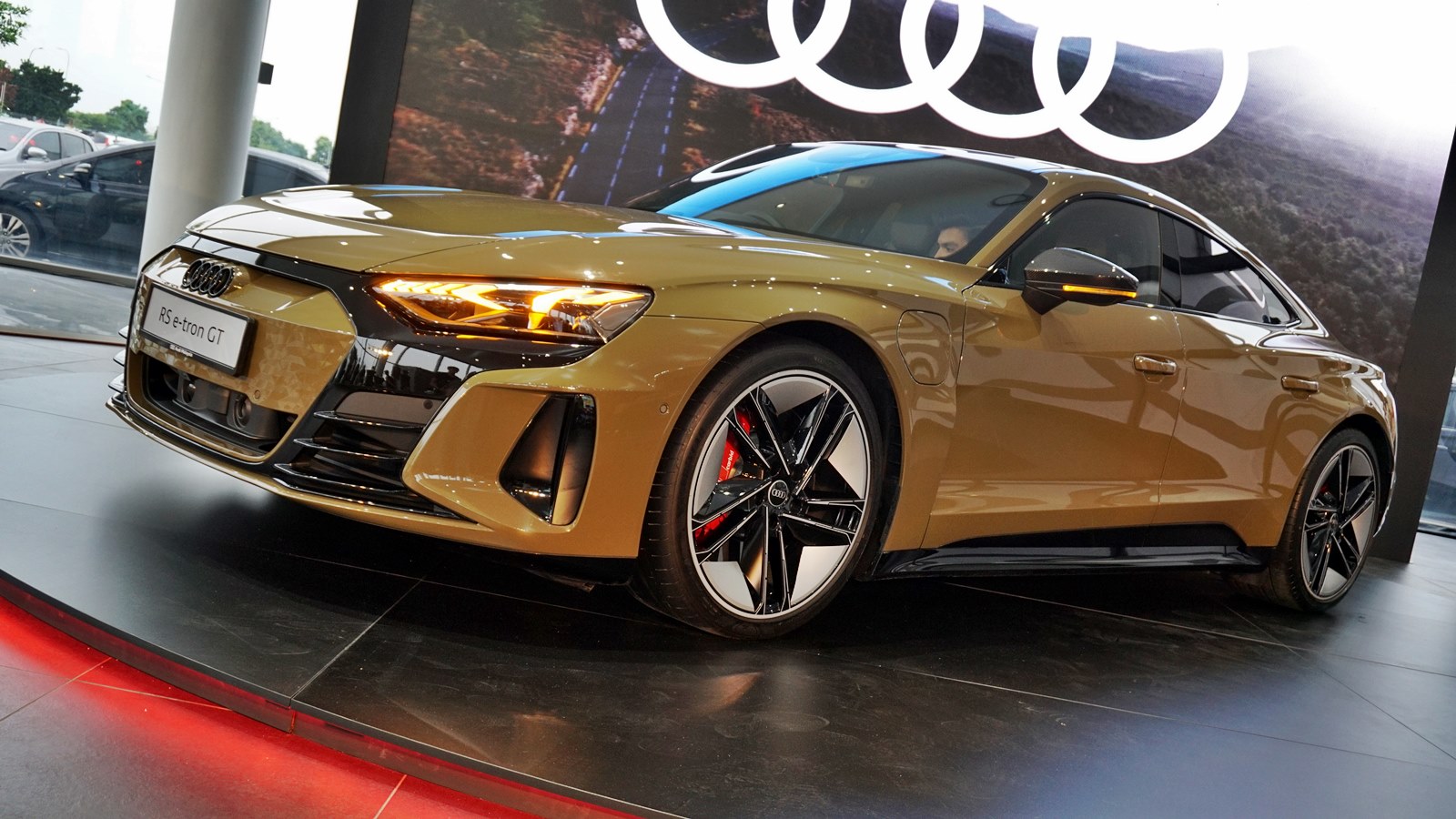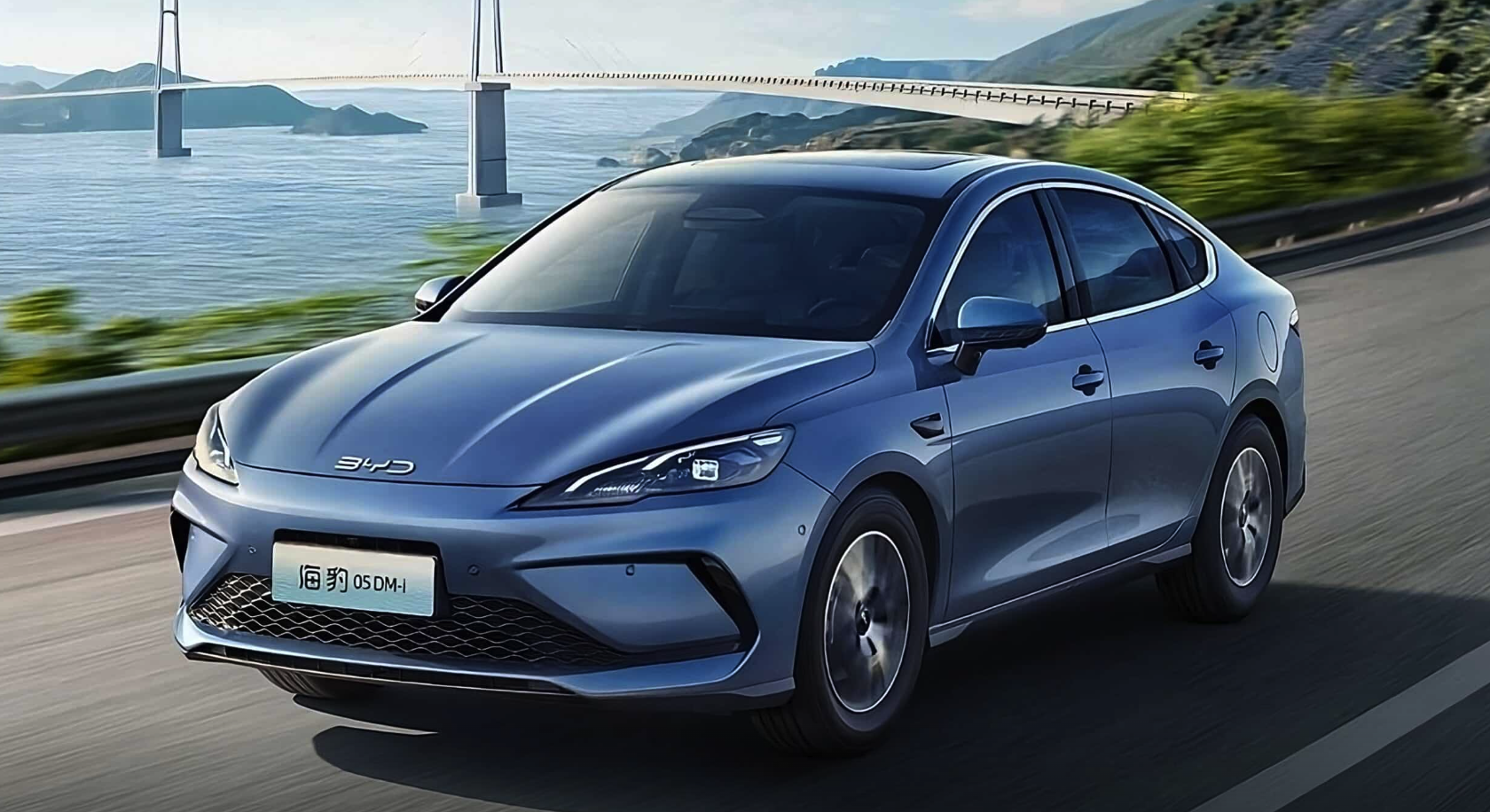There are a handful of cars that have come to define the enthusiasts of the 80s and 90s, and among the Skyline’s, Evolution’s and Impreza’s is the Supra.
Of course there are others as well such as the Mazda RX7 and Honda NSX, but one could argue that the four mentioned above are the ‘four heavenly kings’ of the era.
The Nissan Skyline needs no introduction and even the most self-confident Ferrari or Porsche driver will overtake one with caution. You don’t ever risk upsetting Godzilla, which, for the unaware, is what the Skyline GT-R is fondly known as.
The Skyline GT-R even dominated race series in Japan, America and in Europe. It was so quick that there are instances of race officials having to force the car to carry weight ballasts of up to 140kg just so that the competition had a chance of winning. Such bending of rules would have made the Verstappens proud.
The Mitsubishi Evolution and the Subaru Impreza made their name in the amazing world of rallying. In the hands of such legends as Colin McRae and Petter Solberg (among many others of course), Subaru was nearly untouchable in the World Rally Championship.
But Mitsubishi gave them a proper headache with the three-diamond marque having had its fair share of legends behind the wheel as well, such as Ari Vatanen and Tommi Makinen.
The Toyota Supra also made its name in motorsport but just like the Skyline, it competed in track events rather than in rallying. Though there have been instances where the Supra competed in rallying, however, it made a name for itself in sports car racing, particularly in the Japanese GT Championship, Super GT and even the iconic 24 hours of Le Mans.
The iconic sports car was born in 1978 as the Celica Supra. It got its name from the Toyota Celica, from which it also received its design inspiration. However, the Supra that gripped the world is the fourth-generation model which enthusiasts know as the Supra A80.
Despite its capabilities, the model was immortalised by pop culture when it appeared in the first instalment of the Fast & Furious movie franchise back in 2001. In the hands of Brian O’Conner (played by the late Paul Walker), the modified Supra out dragged and outclassed a Ferrari 355, and that not only sealed the Supra’s reputation, but also introduced it to a whole new generation of fans.
The fourth-generation Supra, or Mk4, was one of the finest sports car the world had ever seen, and just like the Nissan Skyline GT-R, it could do no wrong. Until the fifth-generation model was introduced in 2019, which is when all hell broke loose and the Supra went from the darling of sports cars, to arguably the most hated.
The fifth-generation Supra has been the subject of taunts, jokes and online hate ever since it was introduced. The negativity does not stem from the car or how it drives, in fact it drives rather nicely, and the design has aged quite well. But the hate stems from what underpins the car rather than the car itself.
Fans loved for the Supra for its design, the powertrain and of course, its performance. All of which was engineered and built in-house by Toyota.
And this is where the hate for the fifth-generation model stems from, the fact that it is not entirely made by Toyota but is a result of a collaboration between BMW and Toyota. The underbody for the Supra, the drivetrain, the electronics and even the interior fittings are all BMW. Only the design of the car and some of the performance bits are by Toyota.
In the modern world where billions are needed to create an entirely new model from scratch, it is quite understandable why Toyota would take that route. But for the enthusiast and keyboard warriors at home, it does not make sense. For some of them, it is more of a “make it a pure Toyota, or don’t make it at all”.
And after driving it quite extensively, I can see where the irritation comes from.
Toyota did very little to mask BMW’s presence around the car. You can spot BMW logos around the engine bay without breaking a sweat, the entire dashboard is identical to a Z4, the gear shifter and even the seats and their memory switches are by BMW.
Some argue that buyers are effectively paying for an over glorified BMW Z4, which curiously is built alongside the Supra in Austria by Magna Steyr.
However, it has been five years since the fifth-generation Supra was launched, and though there is still some glimmers of hate online in forums and comment sections, the Supra may just be starting to win some hearts.
The GR Supra is the second coming of the fifth-generation Supra, and while the first was available with a two and 3.0-litre straight-six engine, the GR is only available with the six pot engine but now offers a choice of manual or automatic transmission.
I recently drove the automatic version of the GR Supra, and I believe people should just get over the fact that it is a BMW in a Toyota suit. Because it is not just a suit, it is an MMA fighter in a sharp suit. For all you movie buffs, think of it as Jason Statham in the Transporter movies.
When I first drove the Supra some years ago, the design was not to my liking. It was too outlandish, and my mind kept thinking about the fourth-generation Supra and tried hard to find some connection between the two. There isn’t, and that led to some disappointment.
This time, I tried to forget that it was a Supra or a BMW underneath and approached it for what it is – a modern sports car. And it began to make sense.
The design, though unchanged, is still rather outlandish, but the Dawn Blue Metallic colour that you see here is just the right colour for the Supra’s curves. The blacked out 19-inch wheels suits the car as well, and are 1.2kg lighter at all four corners to reduce un-sprung weight, giving the GR Supra more ferocious acceleration than before. The car now sees off the 0-100kmh sprint in 4.1 seconds, which is faster than its German cousin.
The interior feels small and cramped, and taller drivers may find it difficult to get in and out of. But once inside, the sitting position is spot on, and you feel like your spine has been livewired to the car. That is something that I love, particularly the GT style driving position with the long front end.
But the interior is small, it does not have space to store something as simple as a smart tag. You could keep it in the glove compartment but that is quite a stretch away. Mix that up with storage for your phone and the cables to charge your devices, and suddenly the interior feels too cluttered. And that wreaks havoc for my OCD.
All that disappears as soon as you start the car and listen to the sweet melody of the 3.0-litre, inline six-cylinder turbocharged engine. It is a sound that is slowly being relegated to the ages of history, so I always allowed myself a minute or two to properly absorb it. You know, in case I wake up tomorrow to find that the Europeans have decided that anything more than four-cylinders are bad for their earth worms and have had no other choice but to introduce an overnight ban on new multi-cylindered engines.
The world is a weird place these days, so multi-cylindered engines are a great way of reconnecting with the good old days.
The engine creates 388PS and 500Nm of torque, which may not seem like much, but the joy is in the way the power is delivered. The steering wheel feels alive in your hands with tiny nuggets of information telling your palms exactly what is happening with the tyres at ground zero.
The suspension is also remarkably clinical, and the car reacts to every twitch of the steering wheel. However, your spine also picks up on all the tiny bumps, dips and ruts that litters our roads. You can say that that is the character of a sports suspension and I would agree with you, but when you’re a 40-year-old with a back problem, that is not a lot of fun.
Performance is, simply put, brilliant. It is not blinding or mind numbing, and the fact is some EV’s with their lightning quick sub-four second acceleration might put you to shame. But the car comes alive in the corners with its perfect 50:50 weight distribution. That means that you can dive late into corners and get on the power early without risking any under or oversteer. In the right hands and on the right roads, the GR Supra could put some supercars to shame. Particularly some fast EV’s like a Tesla Model 3 Performance.
And that is the point of the GR Supra. You may not like how it came about or how it looks like, but when it comes to driving it, the driving experience is still intoxicating, like that of the original Supra. Different of course but still intoxicating.
Having said that, just like the Supra’s of the past, the fifth-generation Supra is already proving its worth in motorsports around the world. In fact, it is not only racing, but it is also winning entire championships, and though haters may not like it, but the new GR Supra is definitely making its ancestors proud.
Specifications
Engine: 3.0-litre, turbocharged, inline-six cylinder
Power: 388PS @ 6500rpm
Torque: 500Nm @ 5000rpm
Transmission: 8-speed automatic
Price (As tested): RM655,000
We like: Driving position, styling
We don’t like: Small interior







